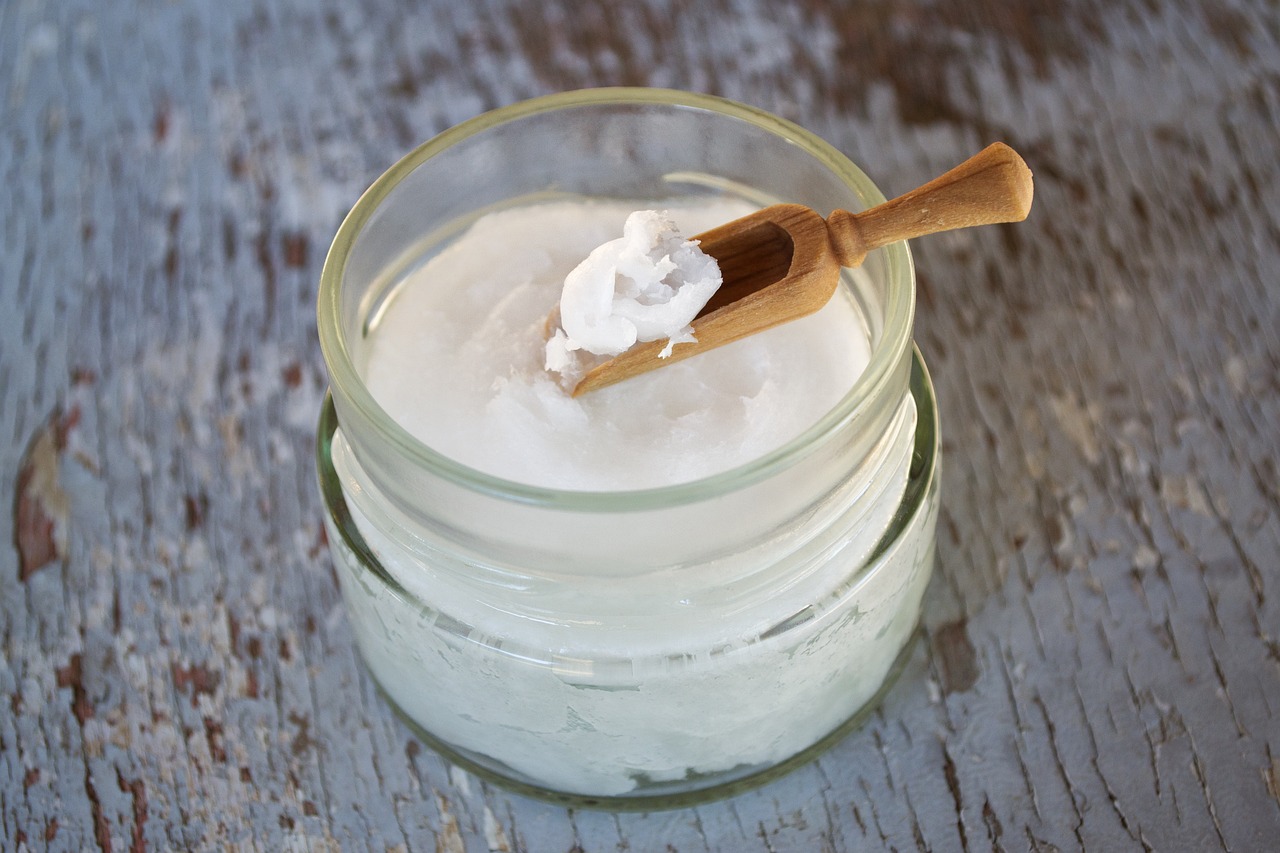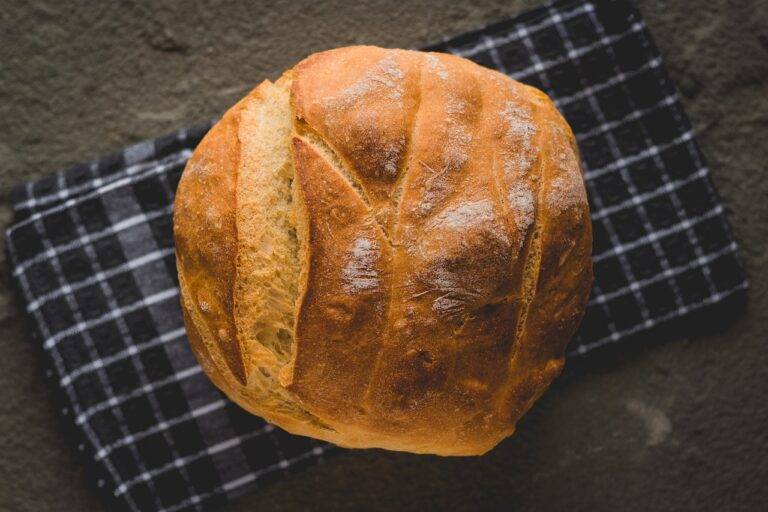The Science of Food Preservation: Exploring Traditional and Modern Methods
Edible coatings are a promising solution in the food industry to extend the shelf life of perishable items, such as fruits and vegetables. By providing a protective layer, these coatings can help reduce moisture loss and prevent microbial growth, hence preserving the quality and freshness of the produce for a longer period.
Furthermore, edible coatings also have the potential to enhance the sensory properties of the food products they coat. They can be formulated to add flavor, color, or even nutritional value to the items, providing consumers with an enhanced eating experience. This additional layer of customization opens up new possibilities for food manufacturers to meet the evolving demands and preferences of the market.
Smart packaging
In the realm of modern food packaging, innovative technologies are revolutionizing the way we store and consume food products. These advancements are not only enhancing the shelf life of various items but also ensuring their safety and quality. With the development of smart packaging solutions, consumers can now have access to real-time information about the freshness and condition of the products they purchase.
Smart packaging integrates various intelligent features such as sensors, QR codes, and RFID tags to provide valuable data to both consumers and retailers. These technologies enable consumers to track the temperature, humidity, and origin of the food products, allowing for informed decisions regarding their consumption. Moreover, smart packaging also helps in reducing food waste by alerting consumers about the expiry dates and optimal storage conditions of the items they have purchased.
What are edible coatings?
Edible coatings are thin layers of edible material that are applied to food products to enhance their shelf life, appearance, and safety.
How do edible coatings work?
Edible coatings create a barrier between the food product and the external environment, preventing moisture loss, gas exchange, and microbial contamination.
What are the benefits of using smart packaging?
Smart packaging offers benefits such as improved product safety, extended shelf life, enhanced product freshness, and better traceability.
How does smart packaging improve product safety?
Smart packaging can incorporate sensors and indicators that monitor factors like temperature, humidity, and gas composition to ensure that the food product is safe for consumption.
Can smart packaging help reduce food waste?
Yes, smart packaging can help reduce food waste by providing real-time information on the freshness and quality of the food product, allowing consumers to make informed decisions about consumption.





